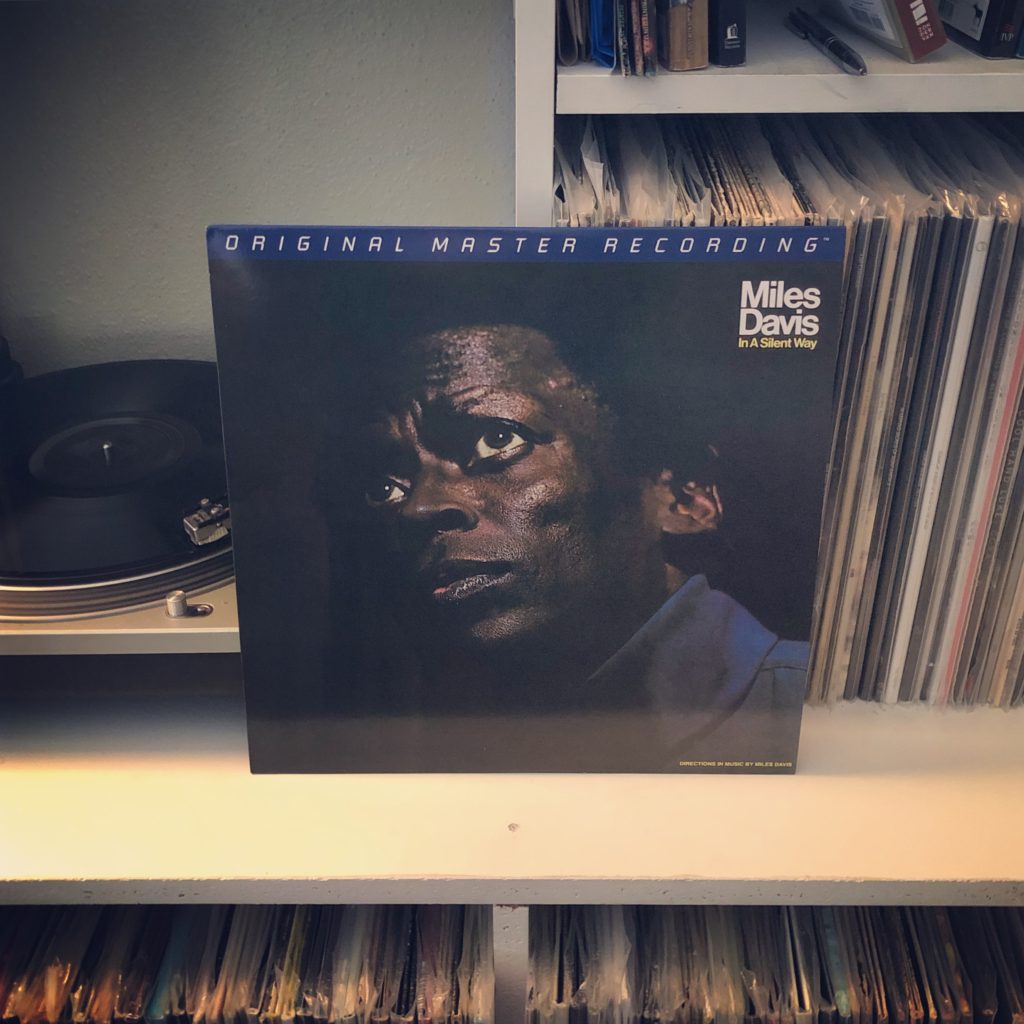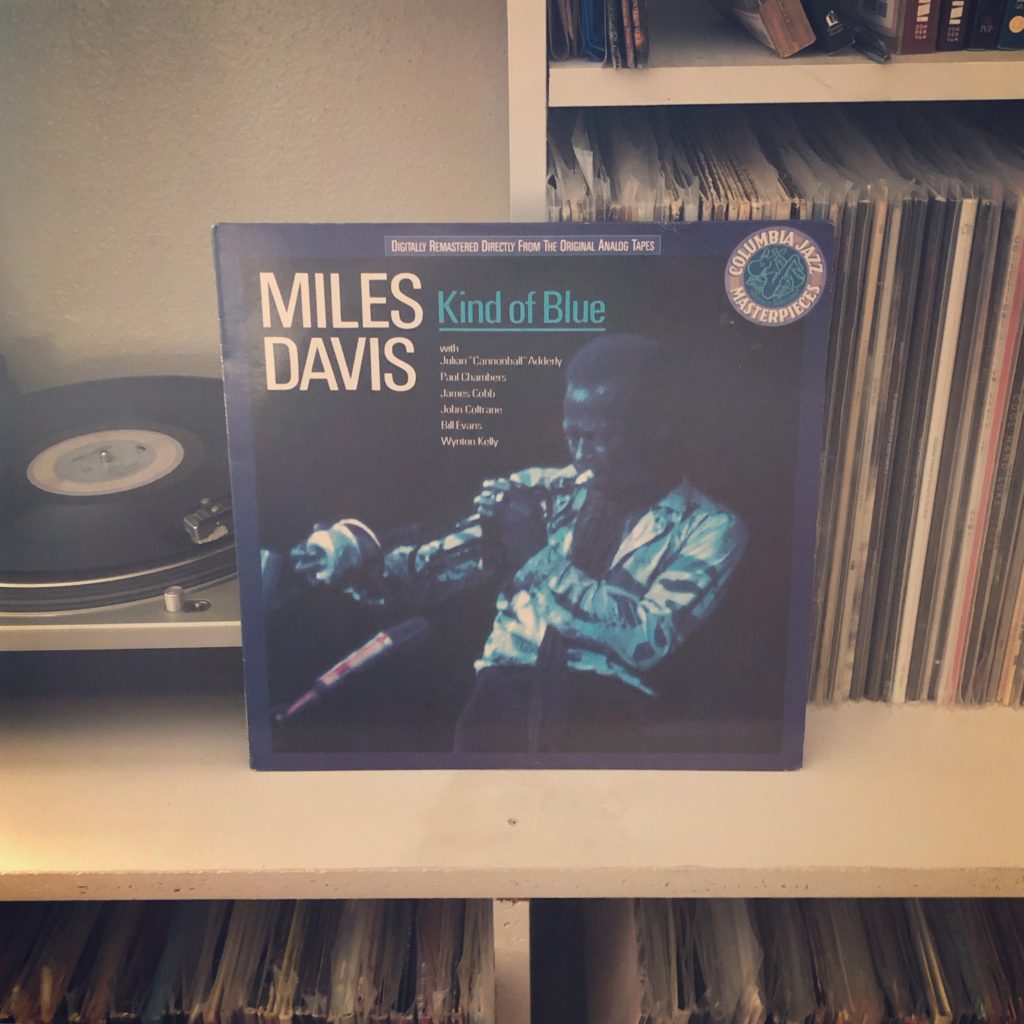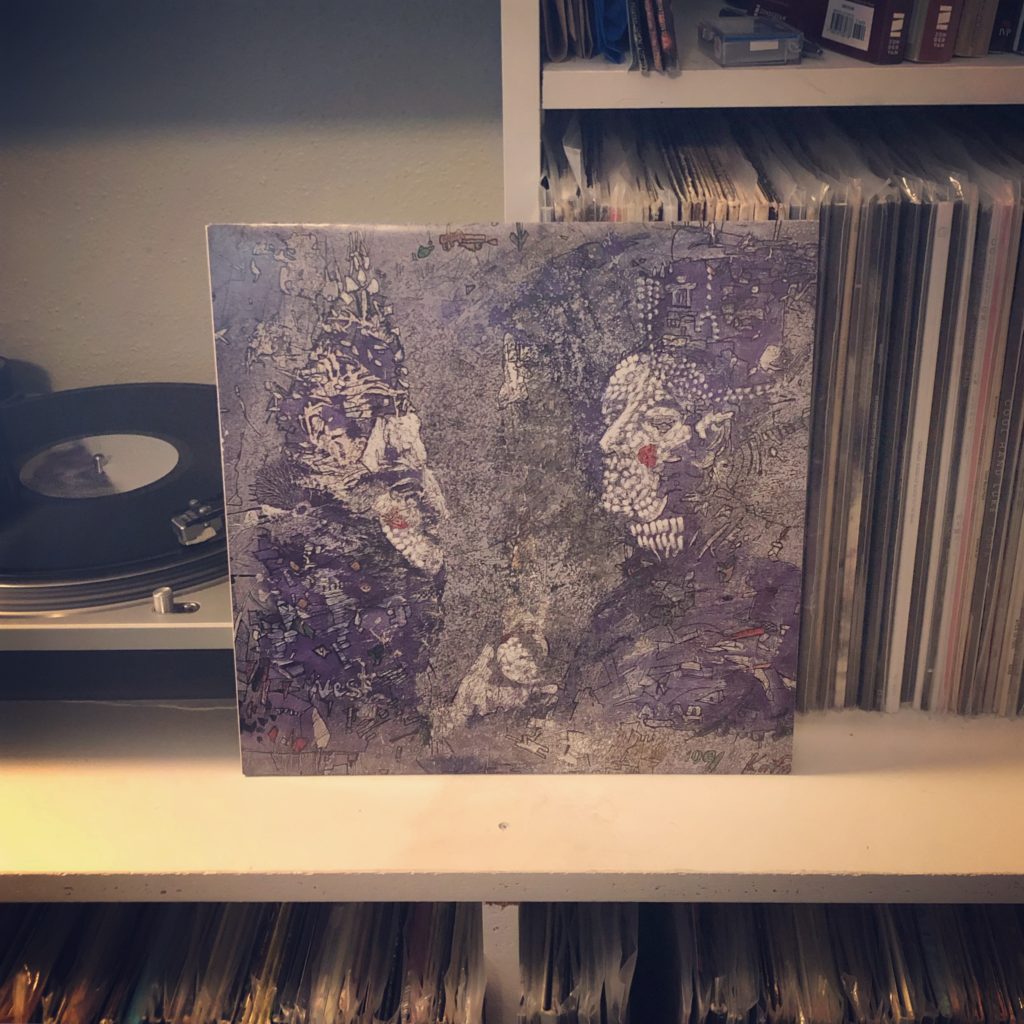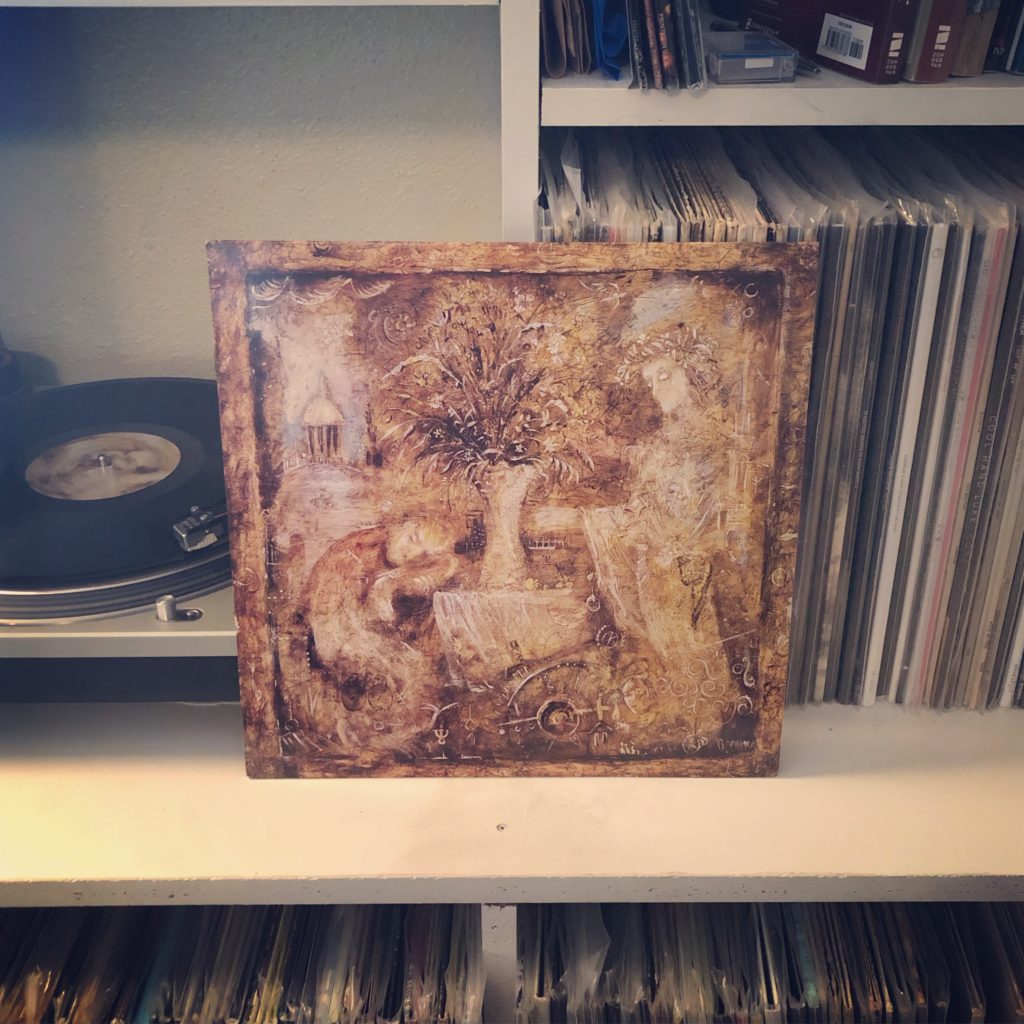
Throughout his five-decade career, Miles Davis record over fifty records as a bandleader (and dozens more as a sideman). But none of those records are as singularly important than 1969’s In A Silent Way.
And no, that’s not an exaggeration.

Throughout his five-decade career, Miles Davis record over fifty records as a bandleader (and dozens more as a sideman). But none of those records are as singularly important than 1969’s In A Silent Way.
And no, that’s not an exaggeration.

Miles Davis once said that you could sum up all of jazz history in four words: “Louis Armstrong, Charlie Parker.” And as elegantly concise as that history may be, it ignores the “Prince of Darkness” himself.
No individual left a larger footprint on jazz—or perhaps music history overall—than Miles Davis. And Kind of Blue, his most popular record—and most popular jazz record ever—demonstrates his mastery as a composer and a bandleader.

After the release of the doomgazy single “Julia” and the subdued [untitled] e.p., speculation was high as to what the forthcoming [Untitled] full-length would bring.
But the similarity of covers between the releases seemed to promise an explosion.
Across social media, that theory seemed to be confirmed. When drummer Rickie Mazzotta was asked if the full-length would be as quiet as the e.p., he said, “that’s porch-sittin’ music. The album is cliff-diving music.”

In the years following Ten Stories, a few things happened to mewithoutYou.
They added Brandon Beaver, who was a session player on Ten Stories as a full-time member. Then, they went on a special tour to celebrate Catch For Us the Foxes. Finally, they signed to Run For Cover Records, a haven of post-hardcore and punk bands.
You could look at that set of datum and conclude that they were returning to their punkier roots. And you’d be right.

As much as I’ve looked forward to this section of my collection, I’m sitting here with “January 1979” blaring at a complete loss of what to say about this record.
Do I talk about the broad scope of Aaron’s lyrics as he dissects theology, philosophy, and his own mental state in a yelping shout? Do I talk about how the rest of the band broke the doors off of punk music to create some of the greatest soundscapes put to tape? Do I talk about how over the last fourteen years, no record has meant more to me?
Because this record is all that and more. And if I didn’t have work to do today, I could write about this record all day.

In the summer of 2004, I found a copy of [A–>B] Life by mewithoutYou in the church camp bookstore for $7. I had seen the name trudging through the Tooth and Nail website (the things we used to do to find new music), and I was enchanted by Vasily Kafanov’s album art, so I took a chance on it.
On first listen, I hated it.
But following along with the lyric sheet, I realized that there might be a worthwhile experience if I could dig in deeper. So I listened again. And again. And a few more times.
And over a few listens, I became fully convinced of the genius of this bookish, experimental post-hardcore outfit.
 Following the dissolution of At The Drive-In, vocalist Cedric Bixler and guitarist Omar Rodriguez-Lopez splintered off to make a project inspired by Pink Floyd’s Piper At the Gates of Dawn.
Following the dissolution of At The Drive-In, vocalist Cedric Bixler and guitarist Omar Rodriguez-Lopez splintered off to make a project inspired by Pink Floyd’s Piper At the Gates of Dawn.
While it might not have much sonic similarity to that influence, their debut full-length, De-Loused in the Comatorium is an absolute masterpiece marked with aural chaos and intricate composition.
 For a new band, a successful debut can be more a curse than a blessing. How can you escape the record’s shadow without making something so different that you alienate existing fans? It’s such a conundrum that there’s a term for it: the Sophomore Slump.
For a new band, a successful debut can be more a curse than a blessing. How can you escape the record’s shadow without making something so different that you alienate existing fans? It’s such a conundrum that there’s a term for it: the Sophomore Slump.
Bands rise or fall on the strength of their second record. Hundreds of acts fade into obscurity after failing to deliver on the promise of their debut.
But some bands make an indisputable masterpiece.
 Let’s set the scene.
Let’s set the scene.
It’s the year 2000. I’m a thirteen-year-old kid. I’ve just started to get into music, mostly through pop punk and ska. But at the same time, I’m coming to grips with how heavy the world can be.
Then, on a Thanksgiving trip to California, I stumbled upon Hybrid Theory by Linkin Park.

The year is 2000. I’m a nerdy kid who’s been transitioning from listening to nothing but Weird Al to getting into harder stuff like punk and hardcore.
As much as I loved heavier stuff like Zao and Project 86 (Drawing Black Lines is still an incredible album, fight me), there wasn’t really an output for my wacky sense of humor.
Then, on a youth trip to Washington DC, I discovered ska.